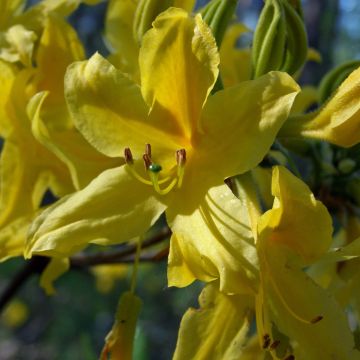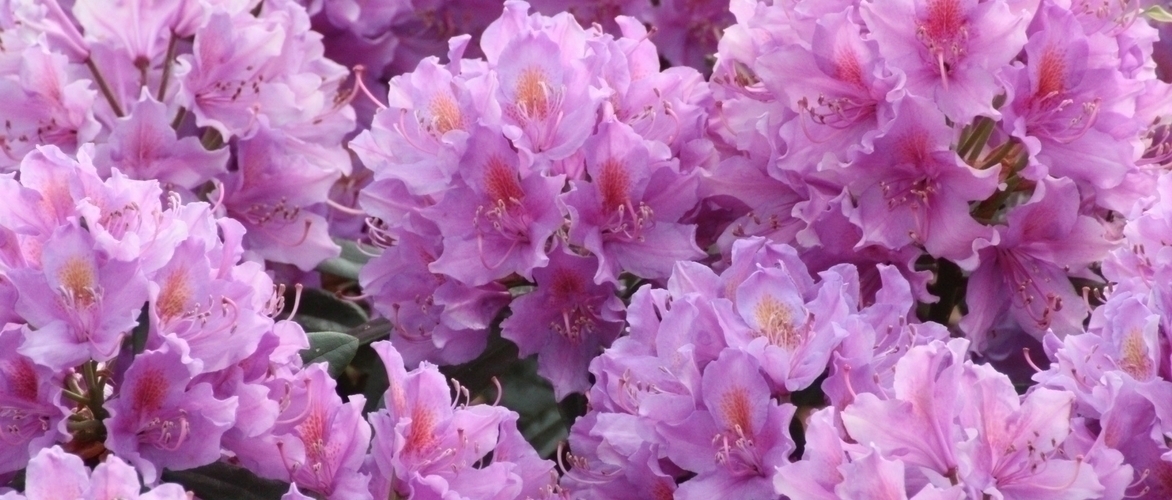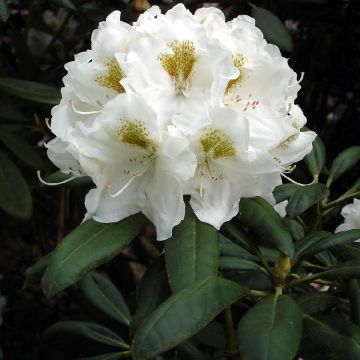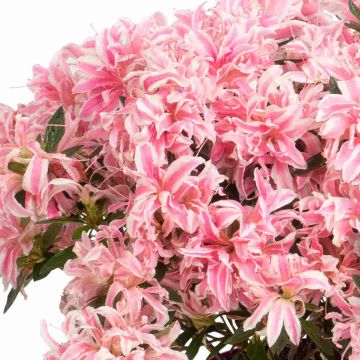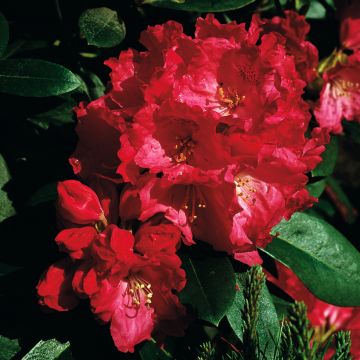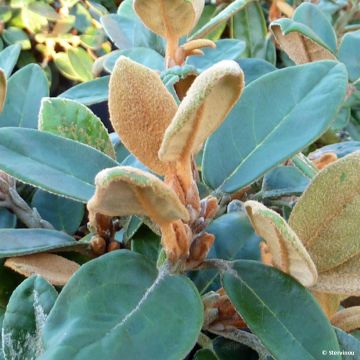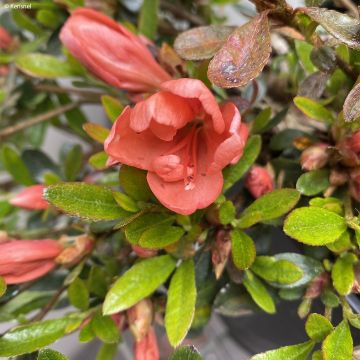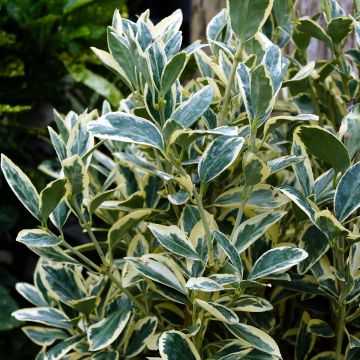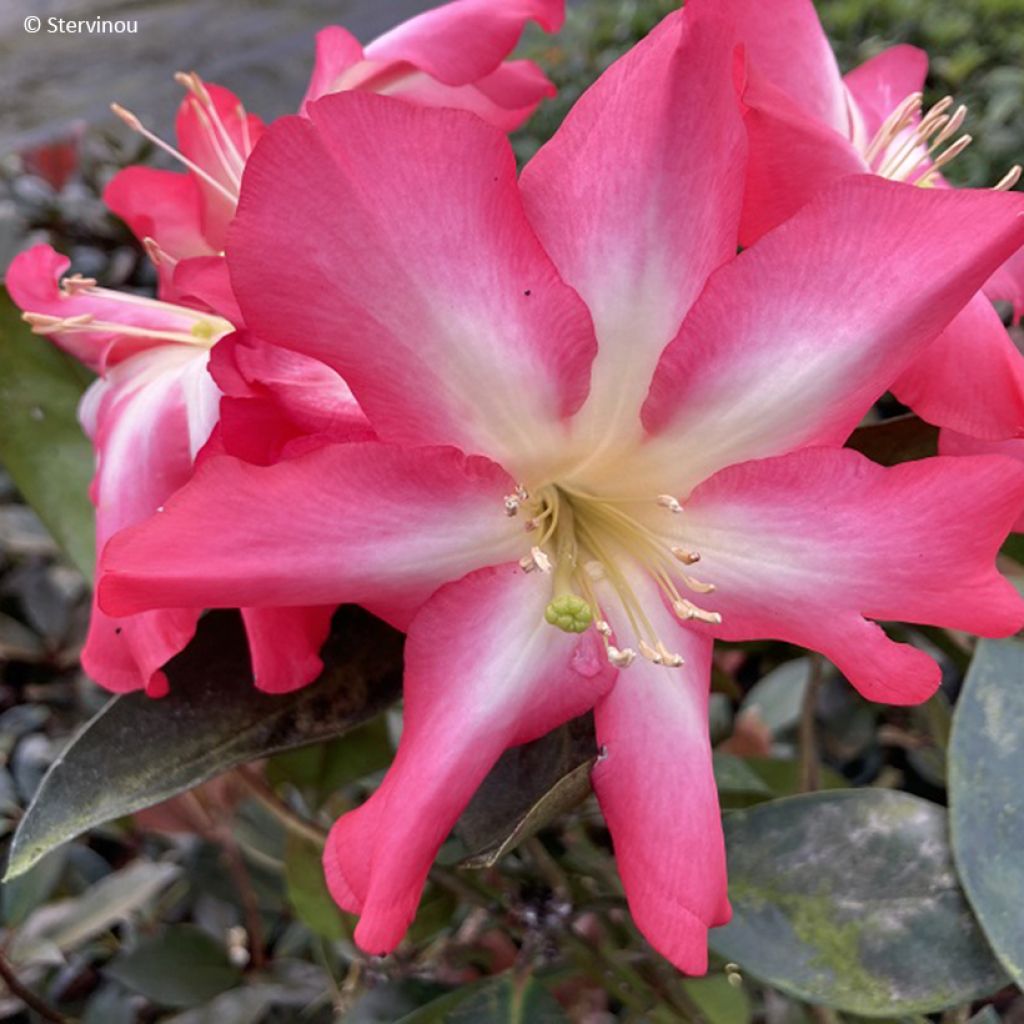

Rhododendron vireya Calavar - Tropical Rhododendron
Rhododendron vireya Calavar - Tropical Rhododendron
Rhododendron Calavar
Tropical Rhododendron
Special offer!
Receive a €20 voucher for any order over €90 (excluding delivery costs, credit notes, and plastic-free options)!
1- Add your favorite plants to your cart.
2- Once you have reached €90, confirm your order (you can even choose the delivery date!).
3- As soon as your order is shipped, you will receive an email containing your voucher code, valid for 3 months (90 days).
Your voucher is unique and can only be used once, for any order with a minimum value of €20, excluding delivery costs.
Can be combined with other current offers, non-divisible and non-refundable.
Why not try an alternative variety in stock?
View all →This plant carries a 24 months recovery warranty
More information
We guarantee the quality of our plants for a full growing cycle, and will replace at our expense any plant that fails to recover under normal climatic and planting conditions.
Does this plant fit my garden?
Set up your Plantfit profile →
Description
Rhododendron 'Calavar' is a compact tropical hybrid, often wider than it is tall. It is ornamental both for its foliage and its flowering. The young leaves emerge in original shades of pinkish-orange, which then darken before turning dark green at maturity. The mature foliage, with its glossy surface, particularly highlights the superb single, deep pink flowers with a yellow centre for a beautiful effect. Easy to maintain in a pot due to its limited size, this small Rhododendron, which is not very hardy, can be grown anywhere and brought indoors for protection in winter.
Rhododendrons are plants in the Ericaceae family, which includes over a hundred genera, such as Heathers, Bilberries, or Strawberry Trees as well as others that are less common but very ornamental, such as Oxydendron arboreum, or Tree Pieris. The genus Rhododendron includes about 850 species, ranging from shrubs to trees over 15 metres tall, and also includes Azaleas, another name for some Rhododendrons. The systematic classification of this prolific genus is relatively complex, with subdivisions into subgenera, sections, and subsections. While we are familiar with garden Rhododendrons, approximately 300 tropical species are grouped in the Vireya section.
'Calavar' is a tropical hybrid variety, resulting from the crossbreeding between Rhododendron konori, native to Indonesia and Papua New Guinea, reaching a height of 3.50 metres and producing fragrant flowers in a range of colours from white to red, and Rhododendron zoelleri, a species that grows in the same geographical area, producing bi-coloured flowers in vibrant colours, and developing into a small tree in sparsely wooded areas or plains, or as an epiphytic shrub (using trees as support) in dense, tall forests.
Much more compact than its parents, 'Calavar' forms a semi-epiphytic shrub that reaches a height of only 60 cm and spreads to 80 cm in about ten years. It is adorned with large, evergreen elliptical, beautiful dark green leves with a glossy surface, carried on relatively short petioles. The young leaves are even more decorative as they emerge in shades of pinkish-orange, then turn coppery before gradually greening. The young shoots thus create a beautiful contrast on the dark mature foliage. This foliage also serves as a backdrop for the superb trumpet-shaped flowers. In its native regions, this compact shrub blooms almost all year round, with more intensity in spring and autumn. It then produces large single flowers, measuring 6.5 cm in length, with a tube-shaped base (referred to as gamopetalous flowers, with fused petals) that opens at the end into an almost flat corolla. The very rounded petals are a deep pink and the yellow centre from which the stamens emerge creates a happy contrast of colours. Measuring 6 to 8 cm in diameter, the flowers appear for several months.
Rhododendron vireya are tropical plants, and 'Calavar' is difficult to grow outdoors all year round in our climates. Mild areas could be suitable as this variety can tolerate up to -4°C, but it requires a level of atmospheric humidity. In these conditions, you can grow it alongside tree ferns like the architectural Cyathea australis. With its highly divided fronds grouped at the top of an almost black stipe, this plant invariably evokes tropical zones. In most cases, it is better to grow this Rhododendron in a pot, which will also allow you to provide it with a suitable acidic substrate. To create an exotic atmosphere, you can place the pot in a shaded bed made up of tropical-looking plants for the summer. For light, plant some Marsh Hibiscus, such as the spectacular Hibiscus moscheutos 'Midnight Marvel', whose huge red flowers never fail to amaze. The aptly named Albizia 'Tropical Dream' can also be part of the decor, with its fern-like leaves and fluffy pink flowers. Let a Passionflower climb up its trunk, with its flowers as architectural as they are beautiful, to further enhance the tropical theme, while a Magnolia macrophylla will provide the necessary shade for your Rhododendron 'Calavar' with its huge leaves over 60 cm long, evoking the exuberance of the tropics, even though it is perfectly hardy in our climates.
Plant habit
Flowering
Foliage
Botanical data
Rhododendron
Calavar
Ericaceae
Tropical Rhododendron
Cultivar or hybrid
Other Small Rhododendron
View all →Planting and care
Rhododendron 'Calavar' is a tropical variety that can only tolerate brief and light frosts, around -4°C. Except in mild climates, in a damp and shady spot under large trees, it should be grown in a pot so that it can be protected from frost during winter. Plant it in a pot with a diameter of about thirty centimetres to start with, and after a few years, repot it in a slightly larger container. Use an acidic planting compost (pH 5 to 6) that is well-draining, and optionally add a layer of non-limestone gravel at the bottom. Choose a semi-shaded location, under plants that can maintain a certain level of air humidity through their evapotranspiration. Avoid windy and drying areas, and in hot periods, occasionally mist around the plant. Regularly remove faded flowers to extend the flowering period. Although the plant can tolerate light frosts, it is preferable to bring it indoors before winter to protect it.
Planting period
Intended location
Care
Planting & care advice
This item has not been reviewed yet - be the first to leave a review about it.
Similar products
Haven't found what you were looking for?
Hardiness is the lowest winter temperature a plant can endure without suffering serious damage or even dying. However, hardiness is affected by location (a sheltered area, such as a patio), protection (winter cover) and soil type (hardiness is improved by well-drained soil).

Photo Sharing Terms & Conditions
In order to encourage gardeners to interact and share their experiences, Promesse de fleurs offers various media enabling content to be uploaded onto its Site - in particular via the ‘Photo sharing’ module.
The User agrees to refrain from:
- Posting any content that is illegal, prejudicial, insulting, racist, inciteful to hatred, revisionist, contrary to public decency, that infringes on privacy or on the privacy rights of third parties, in particular the publicity rights of persons and goods, intellectual property rights, or the right to privacy.
- Submitting content on behalf of a third party;
- Impersonate the identity of a third party and/or publish any personal information about a third party;
In general, the User undertakes to refrain from any unethical behaviour.
All Content (in particular text, comments, files, images, photos, videos, creative works, etc.), which may be subject to property or intellectual property rights, image or other private rights, shall remain the property of the User, subject to the limited rights granted by the terms of the licence granted by Promesse de fleurs as stated below. Users are at liberty to publish or not to publish such Content on the Site, notably via the ‘Photo Sharing’ facility, and accept that this Content shall be made public and freely accessible, notably on the Internet.
Users further acknowledge, undertake to have ,and guarantee that they hold all necessary rights and permissions to publish such material on the Site, in particular with regard to the legislation in force pertaining to any privacy, property, intellectual property, image, or contractual rights, or rights of any other nature. By publishing such Content on the Site, Users acknowledge accepting full liability as publishers of the Content within the meaning of the law, and grant Promesse de fleurs, free of charge, an inclusive, worldwide licence for the said Content for the entire duration of its publication, including all reproduction, representation, up/downloading, displaying, performing, transmission, and storage rights.
Users also grant permission for their name to be linked to the Content and accept that this link may not always be made available.
By engaging in posting material, Users consent to their Content becoming automatically accessible on the Internet, in particular on other sites and/or blogs and/or web pages of the Promesse de fleurs site, including in particular social pages and the Promesse de fleurs catalogue.
Users may secure the removal of entrusted content free of charge by issuing a simple request via our contact form.
The flowering period indicated on our website applies to countries and regions located in USDA zone 8 (France, the United Kingdom, Ireland, the Netherlands, etc.)
It will vary according to where you live:
- In zones 9 to 10 (Italy, Spain, Greece, etc.), flowering will occur about 2 to 4 weeks earlier.
- In zones 6 to 7 (Germany, Poland, Slovenia, and lower mountainous regions), flowering will be delayed by 2 to 3 weeks.
- In zone 5 (Central Europe, Scandinavia), blooming will be delayed by 3 to 5 weeks.
In temperate climates, pruning of spring-flowering shrubs (forsythia, spireas, etc.) should be done just after flowering.
Pruning of summer-flowering shrubs (Indian Lilac, Perovskia, etc.) can be done in winter or spring.
In cold regions as well as with frost-sensitive plants, avoid pruning too early when severe frosts may still occur.
The planting period indicated on our website applies to countries and regions located in USDA zone 8 (France, United Kingdom, Ireland, Netherlands).
It will vary according to where you live:
- In Mediterranean zones (Marseille, Madrid, Milan, etc.), autumn and winter are the best planting periods.
- In continental zones (Strasbourg, Munich, Vienna, etc.), delay planting by 2 to 3 weeks in spring and bring it forward by 2 to 4 weeks in autumn.
- In mountainous regions (the Alps, Pyrenees, Carpathians, etc.), it is best to plant in late spring (May-June) or late summer (August-September).
The harvesting period indicated on our website applies to countries and regions in USDA zone 8 (France, England, Ireland, the Netherlands).
In colder areas (Scandinavia, Poland, Austria...) fruit and vegetable harvests are likely to be delayed by 3-4 weeks.
In warmer areas (Italy, Spain, Greece, etc.), harvesting will probably take place earlier, depending on weather conditions.
The sowing periods indicated on our website apply to countries and regions within USDA Zone 8 (France, UK, Ireland, Netherlands).
In colder areas (Scandinavia, Poland, Austria...), delay any outdoor sowing by 3-4 weeks, or sow under glass.
In warmer climes (Italy, Spain, Greece, etc.), bring outdoor sowing forward by a few weeks.







































